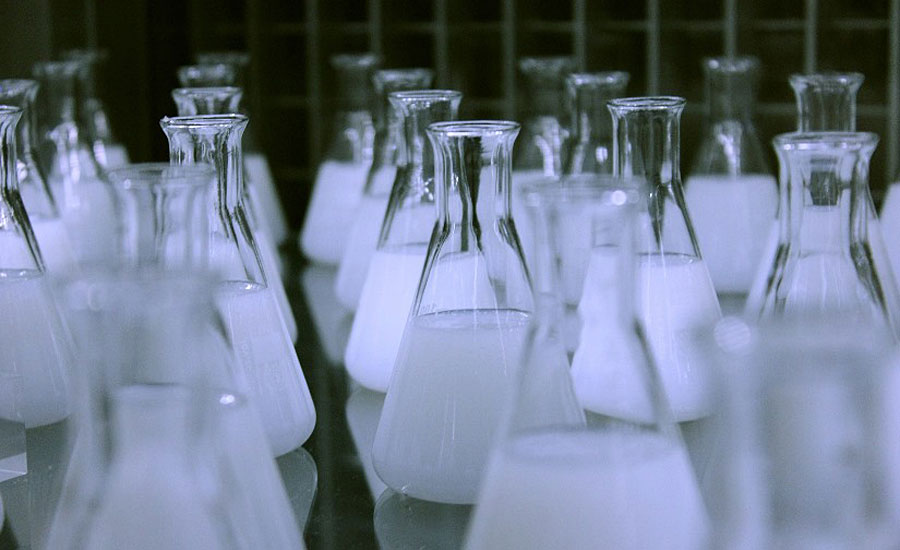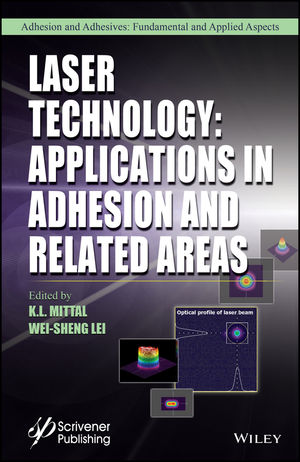NEW YORK - When Krzysztof Matyjaszewski, J.C. Warner University Professor of Natural Sciences at Carnegie Mellon University, was awarded the 2015 Dreyfus Prize in the Chemical Sciences, topping the selection criteria was his 1995 development of atom transfer radical polymerization (ATRP). ATRP is a type of “living” polymerization that slows or inserts pauses in the rapid chain reactions in which the polymer is synthesized, allowing for controlled manipulation and creation of structures and properties. Offering new and better materials for industry and consumer products, ATRP has been cited as the most important advance in polymer synthesis in half a century.
Matyjaszewski’s work in polymer chemistry follows in the tradition of Camille and Henry Dreyfus, two brothers who were chemists and major innovators for polymer materials, including cellulose acetate, fiber, film and paint. The Dreyfus Foundation biennially awards the international prize which consists of $250,000, a citation and a medal.
Polymers have extremely high molecular weights, make up many of the tissues of organisms, and have extremely varied and versatile uses in industry, such as plastics, concrete, glass and rubber. Many polymer chains are very reactive during synthesis and thus the process is difficult to control. “It’s like trying to catch bullets from a gun,” says Matyjaszewski. “We wanted to extend the life of the propagating chain, to make possible targeted applications for the precise synthesis of small molecules and macromolecular materials with controlled architecture and functionality.” ATRP was the solution.
Transfer to Industry
“The ambition of practically every chemist is to make something useful,” says Matyjaszewski. He is realizing that ambition with the successful transfer of the ATRP process to industry. Its many applications include automotive coatings, adhesives, medications, biomedical devices, cosmetics, inkjet printing, and smart and electronic materials, with an estimated commercial value exceeding $20 billion. At Carnegie Mellon, he hosts the CRP (controlled radical polymerization) Consortium, which has brought together representatives from more than 55 corporations around the world. Members can commercially license (non-exclusively) any ATRP technologies, including improvements that have been developed in the group. They have early access to research results, attend semiannual meetings at Carnegie Mellon where the most recent advances in CRP are presented, and can have their scientists trained at Carnegie Mellon and at members’ research facilities.
PPG Industries, a member of the consortium, has patented several coatings applications of the ATRP technology and commercialized the use of a polymer based on the technology as a pigment dispersant. Kurt Olson, Research Fellow at PPG Industries, who served on the Industrial Advisory Board for the consortium, enthusiastically describes Matyjaszewski as “one of the most innovative and dedicated chemists I have ever known.” Recent work in the Matyjaszewski lab is aimed at self-healing coatings, composites and sealants, which will improve the reliability of future electric vehicles and aircraft. The synthesis of controlled sequence copolymers in water by ATRP methods may further enhance the penetration of waterborne paints into markets traditionally served by solvent-borne coatings, thus reducing atmospheric solvent emissions.
Kaneka Corp. of Osaka, Japan, and its subsidiaries worldwide, produces $5 billion of chemical products, including synthetic resins, resin products, chemicals, foodstuffs, pharmaceuticals, medical devices, electrical raw materials, and synthetic fibers. One of the company’s commercial products using ATRP is a telechelic polyacrylate-based construction sealant that joins glass to glass or to metal. Compared to the standard silicone sealant, it proves to be much more durable. Used on self-cleaning glass that normally resists adhesives, it is a fundamental breakthrough for a potential worldwide market of tall, high-rise, glass-enclosed structures.
Another Kaneka ATRP product application is a liquid gasket for powertrain components, a high-performance, lower-cost sealing solution for molded rubber gaskets, providing high-level resistance to hot engines and transmissions, with four times the permeation resistance compared to liquid silicone gaskets.
Pharmaceutical and Biomedical Engineering Applications
Chis A. Pohl, Vice President, Chromatography Chemistry at Thermo Fisher Scientific, uses ATRP technology. Pohl has helped develop Thermo Fisher’s High Pressure Liquid Chromatograph screening system with products that specifically target monoclonal antibody-type drugs for quality control purposes. These include five of the world’s top-10 selling drugs in 2014—Humria, Remicade, Rituxan, Avastin and Herceptin.
ATRP is having a broad application interfacing with biology. ATRP has enabled both the controlled synthesis of complex biomimetic polymers and the preparation of bio hybrids. The fusion of the synthetic and biotic worlds has allowed chemists to control the activity of biomolecules using polymers prepared by ATRP. At Carnegie Mellon, researchers have introduced non-natural amino acids into proteins to graft polymers from specific amino acid residues. This opens the door to tailor-made catalyst and pharmaceuticals. Recent work has studied the incorporation of ATRP initiators into DNA and RNA to enable the preparation of sensors and drug delivery agents. In addition, ATRP has been used to tackle the growing problem of bacterial contamination on surfaces by growing bacterial toxic polymers from a range of medically relevant substrates. The future of this technology promises to merge the advances in polymer chemistry with those of biology to give unparalleled control over biomolecular properties.
Enhancing ATRP for Today’s Markets
Matyjaszewski, along with Patrick McCarthy and James Spanswick, founded ATRP Solutions in 2006 to catalyze commercialization of ATRP technology. With funding from the National Science Foundation in 2008, the company has been able to scale ATRP to commercial-size reactors using an adapted process called Ultimate ATRP®. ATRP Solutions CEO Patrick McCarthy says, “ATRP Solutions has not just demonstrated Ultimate ATRP® in commercial 750-gallon reactors, but it has produced more than 20,000 pounds of product, making ATRP-based polymers attractive for use and a reality in many commercial products.“ McCarthy adds, “The advanced material that has made the iPad and solar power possible is the polymer. ATRP technology takes the polymer to new heights and creates the opportunity for new advanced materials to enable products which will change our lives in ways we cannot yet even imagine today.”
The Camille and Henry Dreyfus Foundation, based in New York, is a leading non-profit organization devoted to the advancement of the chemical sciences. It was established in 1946 by chemist, inventor and businessman Camille Dreyfus, who directed that the Foundation's purpose be “to advance the science of chemistry, chemical engineering, and related sciences as a means of improving human relations and circumstances throughout the world.”







Report Abusive Comment